As the vibrant colors of fall start to settle in, November offers the perfect opportunity to take steps toward creating a more eco-friendly and sustainable landscape. Incorporating sustainable practices into your garden helps protect the environment and enhances the beauty and functionality of your outdoor space. From rain gardens to permeable paving and native plant designs, there are countless ways to reduce environmental impact while maintaining a stunning landscape.
We’ll explore several eco-friendly landscaping ideas that are perfect for November. These solutions will help conserve water, promote biodiversity, and reduce maintenance while creating a healthier, more resilient garden.
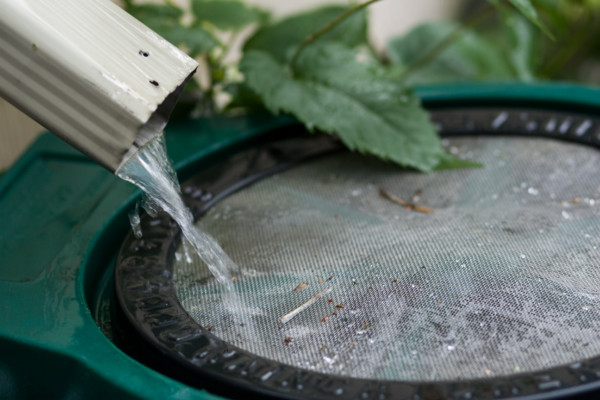
Rain Gardens: Capturing and Filtering Rainwater
Rain gardens are one of the most effective ways to create a sustainable landscape. These gardens are designed to capture rainwater runoff from your roof, driveway, or other hard surfaces, allowing water to absorb the ground slowly rather than run off into storm drains. Not only do they help reduce flooding and erosion, but they also filter pollutants from the water, improving local water quality.
How to Design a Rain Garden:
- Choose a Low-Lying Area: Select a spot in your yard where water naturally pools or runs off. This area will serve as the perfect location for your rain garden.
- Use Native Plants: Native plants are particularly suited to absorbing excess water and are resistant to local pests and diseases. They also provide habitat for local wildlife, such as birds and butterflies.
- Layer with Mulch: Mulch helps with water retention and improves soil health. Opt for organic mulch to break down over time, enriching the soil further.
- Create a Natural Border: Add rocks or permeable pavers around the edge of the rain garden to give it a natural, finished look and guide the water toward your plants.
Best Plants for Rain Gardens:
- Swamp Milkweed (Asclepias incarnata): Known for attracting monarch butterflies, swamp milkweed thrives in wet soils.
- Black-Eyed Susan (Rudbeckia hirta): A tough, drought-tolerant native plant that adds a bright yellow to your rain garden.
- Switchgrass (Panicum virgatum): This ornamental grass is highly effective at filtering water while adding texture to your landscape.
Permeable Paving: A Solution for Hardscape Restrictions
In many areas, municipalities limit the amount of impervious surfaces—such as concrete driveways and patios—allowed on residential properties to reduce stormwater runoff. Permeable paving offers an eco-friendly alternative, enabling you to expand your hardscaped space while complying with local regulations.
Why Permeable Paving is Eco-Friendly:
- Stormwater Management: Permeable paving lets water pass through the surface, preventing runoff and allowing it to infiltrate the soil, reducing pressure on municipal stormwater systems.
- Maximizing Paved Space: In areas where municipalities restrict non-permeable hardscaping (such as concrete patios or traditional driveways), permeable pavers can increase usable paved space without exceeding limitations. This means you can have a larger patio, driveway, or walkway while staying within code.
- Erosion Control: Permeable surfaces help prevent soil erosion by allowing water to pass through slowly rather than pooling or running off.
Popular Permeable Paving Options:
- Permeable Pavers: These interlocking pavers have small gaps or pores, allowing water to seep through while providing a solid, durable surface. Perfect for patios and walkways, permeable pavers come in various materials and styles.
- Gravel or Crushed Stone: An affordable and eco-friendly option for paths or driveways, gravel and crushed stone are naturally permeable and blend well with organic landscaping.
- Grass Pavers: Grid-like structures reinforce the ground while allowing grass to grow through the gaps. Grass pavers are ideal for parking areas or low-traffic paths, adding greenery while maintaining functionality.
Native Plant Designs: Supporting Local Ecosystems
One of the most impactful ways to promote sustainability in your landscape is by using native plants. Native plants are well adapted to your region’s climate, soil, and rainfall patterns, requiring less water, fertilizer, and maintenance. Additionally, native plants provide essential food and shelter for local wildlife, helping to support biodiversity.
Why Native Plants Are Sustainable:
- Low Water Requirements: Native plants are adapted to your area’s natural rainfall patterns, making them drought-tolerant and reducing the need for irrigation.
- Fewer Chemicals: Because they’re naturally resistant to local pests and diseases, native plants require fewer chemical fertilizers and pesticides.
- Supports Pollinators: Many native plants, such as bees, butterflies, and birds, are essential food sources for pollinators. By planting natives, you can help support declining pollinator populations.
Top Native Plants for Atlanta Landscapes:
- Purple Coneflower (Echinacea purpurea): This drought-tolerant perennial blooms in late summer and fall, offering long-lasting color and supporting pollinators.
- American Holly (Ilex opaca): A beautiful evergreen that provides bright red berries in the winter, supporting birds and other wildlife.
- Eastern Redbud (Cercis canadensis): This small tree bursts into vibrant pink blooms in the spring and is a favorite of both pollinators and homeowners.
By choosing native plants, you create a self-sustaining landscape that promotes local ecosystems while reducing water and chemical use.
Composting: Nourish Your Soil Naturally
Composting is an eco-friendly way to reduce waste while nourishing your garden. Instead of throwing away organic materials like leaves, grass clippings, and kitchen scraps, you can compost them to create rich, nutrient-dense soil for your plants. Compost helps improve soil structure, retain moisture, and provide essential nutrients for your plants, reducing the need for chemical fertilizers.
How to Start Composting:
- Choose a Composting Bin: You can buy a ready-made compost bin or build your own with wooden pallets or chicken wire.
- Balance Green and Brown Materials: Compost requires a balance of “green” materials (like kitchen scraps, grass clippings, and fresh plant trimmings) and “brown” materials (like dried leaves, straw, and paper). Turn the compost regularly to promote aeration and break down materials faster.
- Use Compost in Your Garden: Once your compost is ready, spread it around garden beds to improve soil fertility, help retain moisture, and reduce the need for chemical fertilizers.
Composting is a simple yet powerful way to enhance soil health while reducing waste.
Mulching for Fall: Retain Moisture and Protect Soil
Mulching is one of the easiest and most effective ways to practice sustainable landscaping in the fall. Mulch acts as a protective layer over your soil, helping to retain moisture, regulate soil temperature, and suppress weeds. As the mulch breaks down, it adds organic matter to the soil, improving its health.
Eco-Friendly Mulching Tips:
- Use Organic Mulch: Organic mulches like shredded leaves, pine straw, wood chips, and composted bark break down over time, enriching the soil while maintaining moisture and preventing weed growth.
- Mulch in Late Fall: Apply a fresh layer of mulch around garden beds, trees, and shrubs in late November to protect roots from cold winter temperatures and retain moisture.
- Don’t Over-Mulch: A 2-3 inch layer of mulch is sufficient. Avoid piling mulch directly against plant stems or tree trunks, leading to rot or pest issues.
Mulching is a sustainable practice that protects your garden through the winter while promoting long-term soil health.
Water Conservation: Smart Irrigation for Eco-Friendly Landscapes
Reducing water usage is a cornerstone of sustainable landscaping. While Atlanta’s November weather brings cooler temperatures and less need for irrigation, it’s a great time to reassess your watering practices and invest in more efficient systems for the future.
Water Conservation Tips:
- Install Drip Irrigation: Drip irrigation systems deliver water directly to the roots of plants, minimizing evaporation and runoff. They are highly efficient and can reduce water use by up to 50%.
- Use Rain Barrels: Capture rainwater from your roof with rain barrels and use it to water your garden during dry spells. This is an easy way to conserve water and maximize natural rainfall.
- Water in the Morning: Watering early in the morning reduces evaporation and ensures your plants can absorb moisture before the day’s heat.
By conserving water through smart irrigation, you can create a more sustainable landscape while reducing your water bill.
Embrace Sustainability This Fall
With fall being a great time for planting and preparing your garden for winter, it’s also the perfect time to embrace eco-friendly landscaping practices. By incorporating sustainable elements like rain gardens, permeable paving, native plants, and water conservation techniques, you can create a beautiful, vibrant landscape that reduces your environmental footprint.
As you plan your November garden projects, keep sustainability at the forefront to ensure that your outdoor space looks great and supports the environment for years to come.

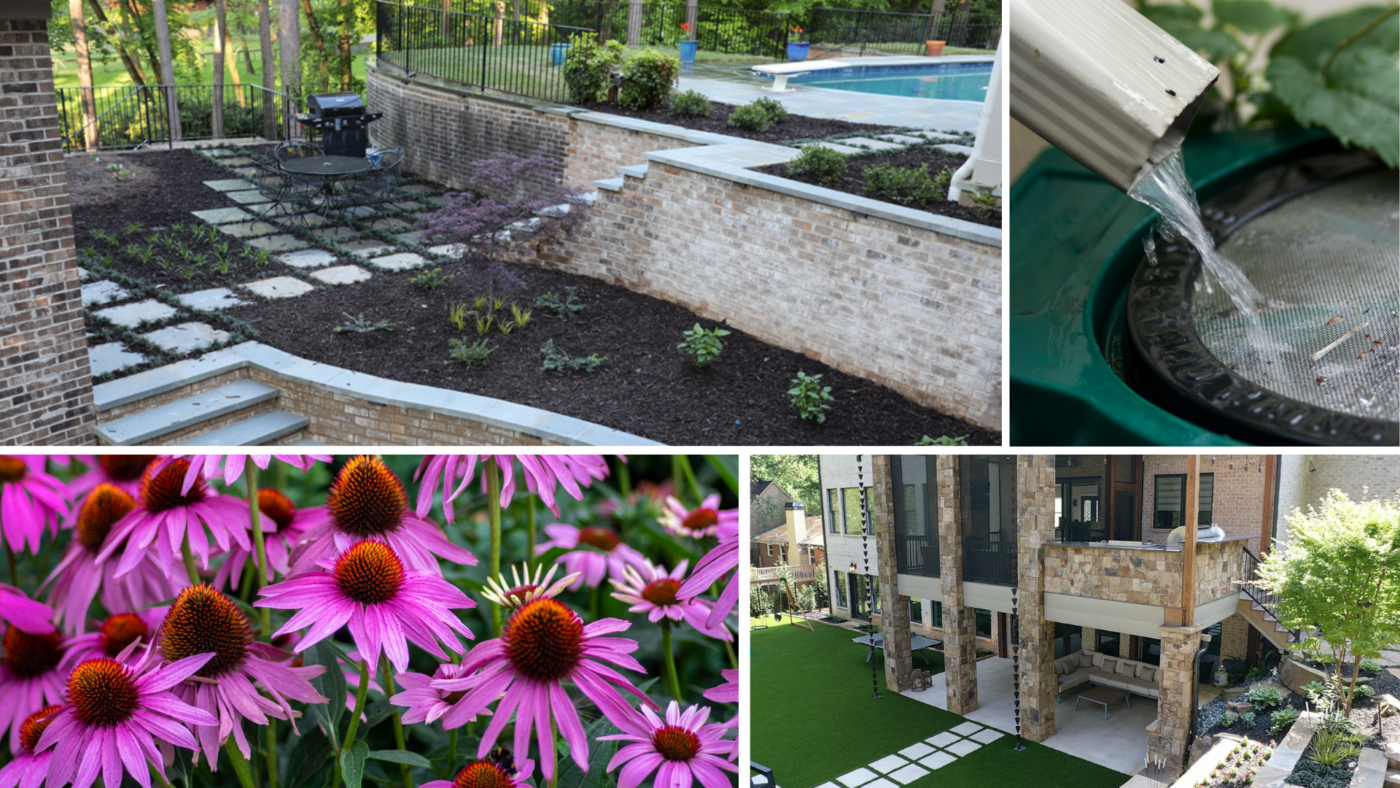
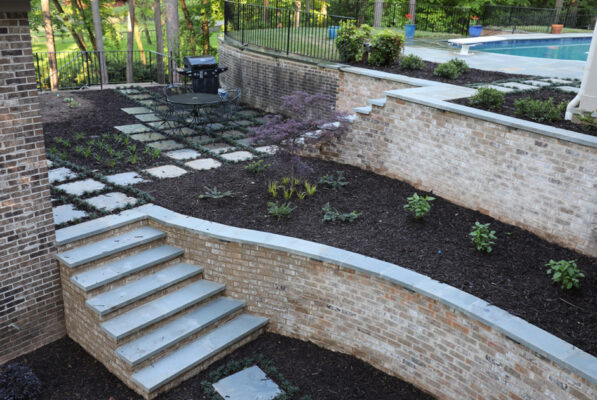
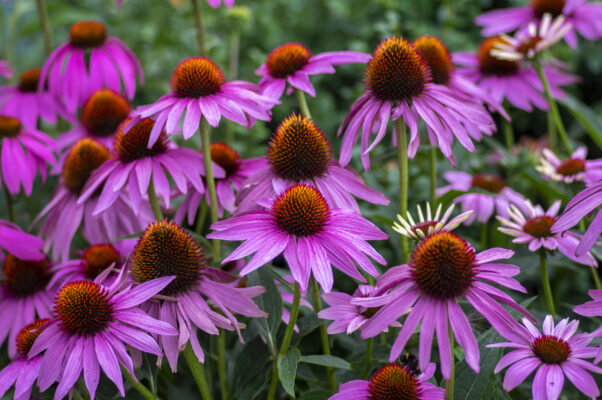

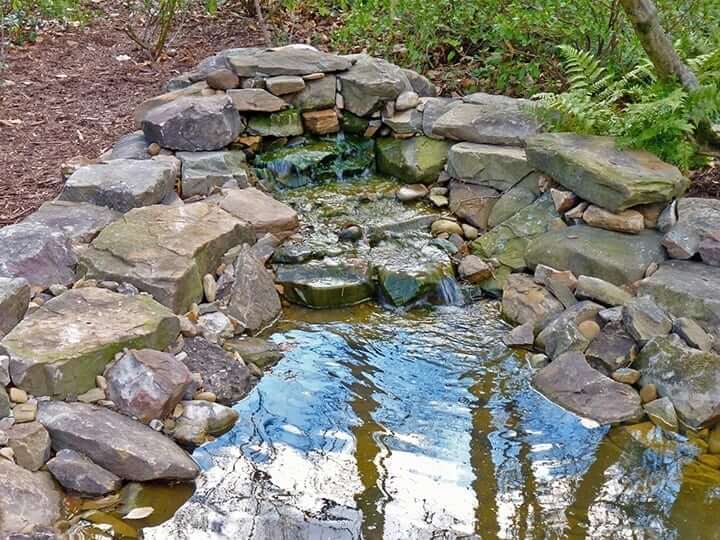 How to Take Care of Outdoor Water Features for Fall
How to Take Care of Outdoor Water Features for Fall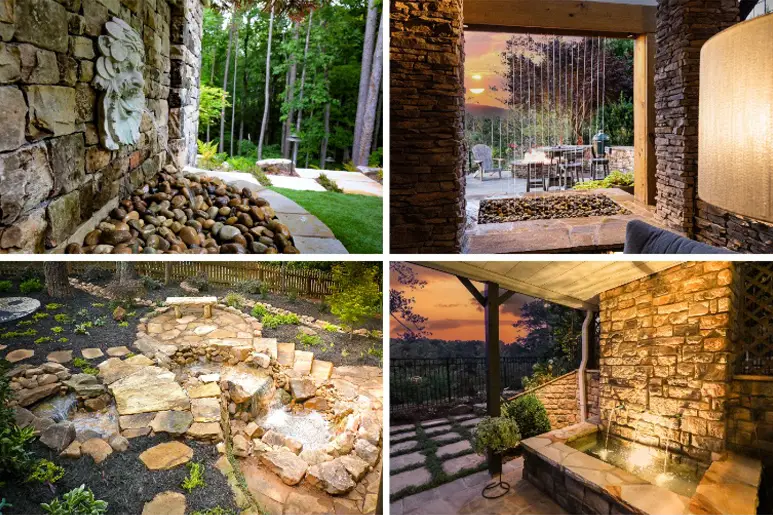 Water Wonders: Adding Elegance with Ponds, Fountains, and Waterfalls
Water Wonders: Adding Elegance with Ponds, Fountains, and Waterfalls Guarding Your Garden: Advanced Techniques for Drainage and Erosion Control
Guarding Your Garden: Advanced Techniques for Drainage and Erosion Control
LET'S BE SOCIAL: